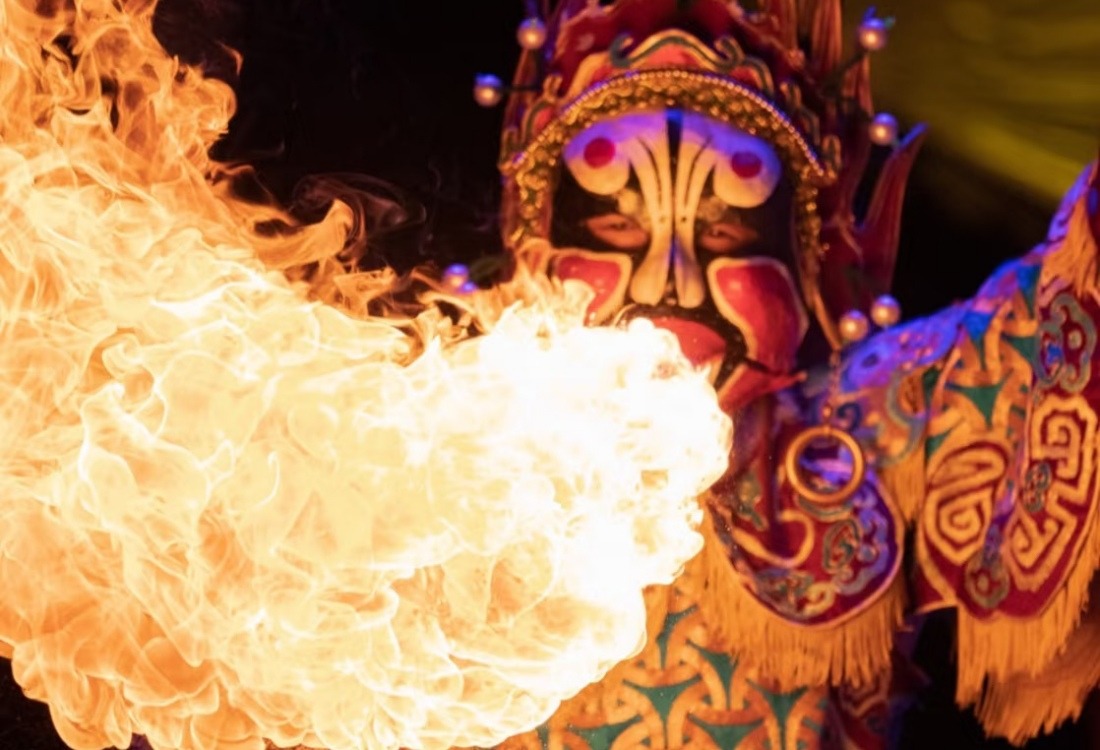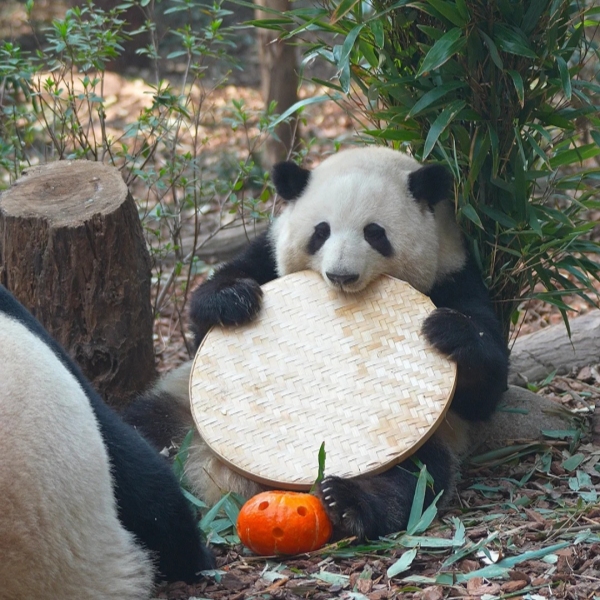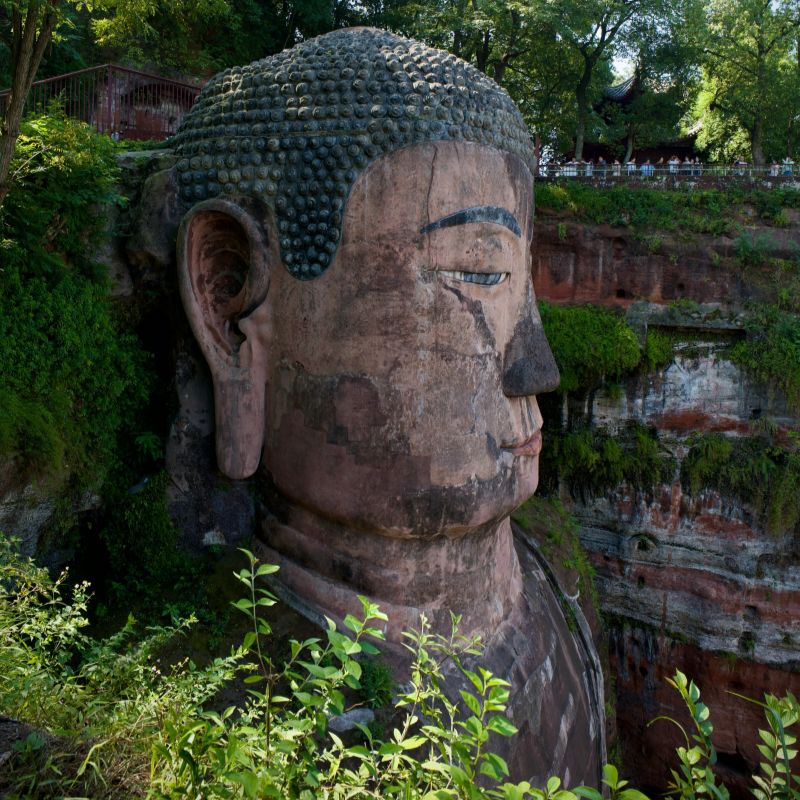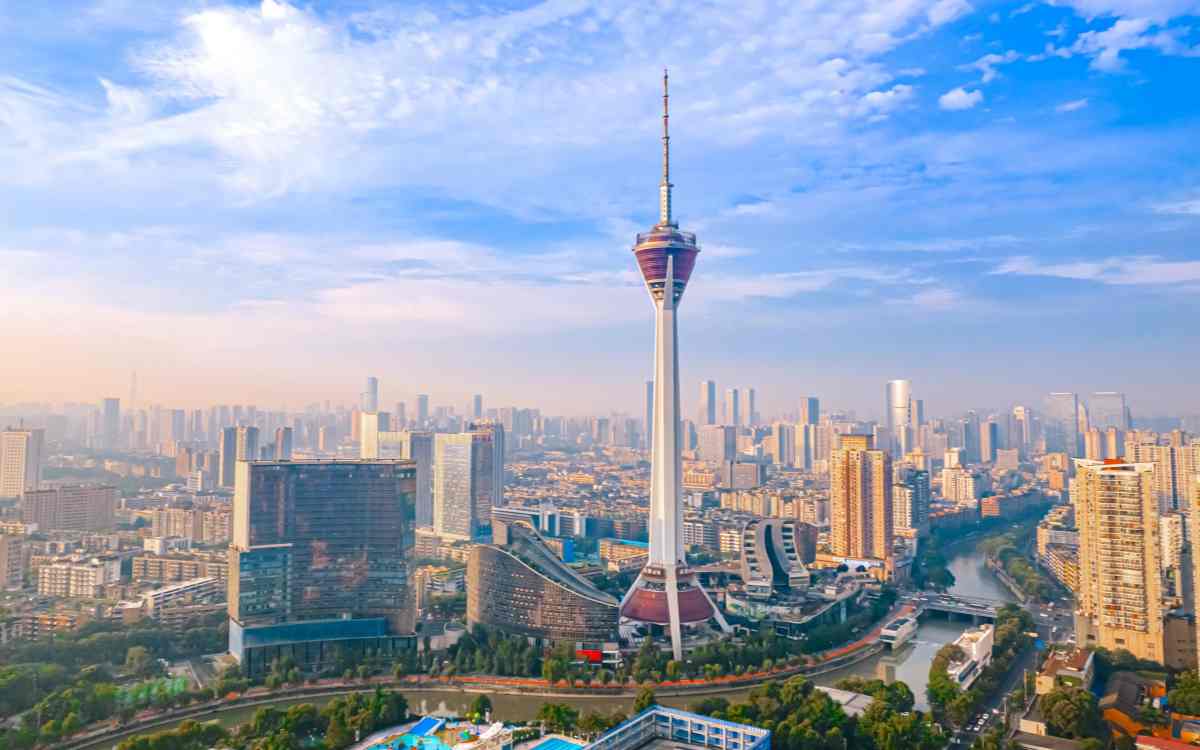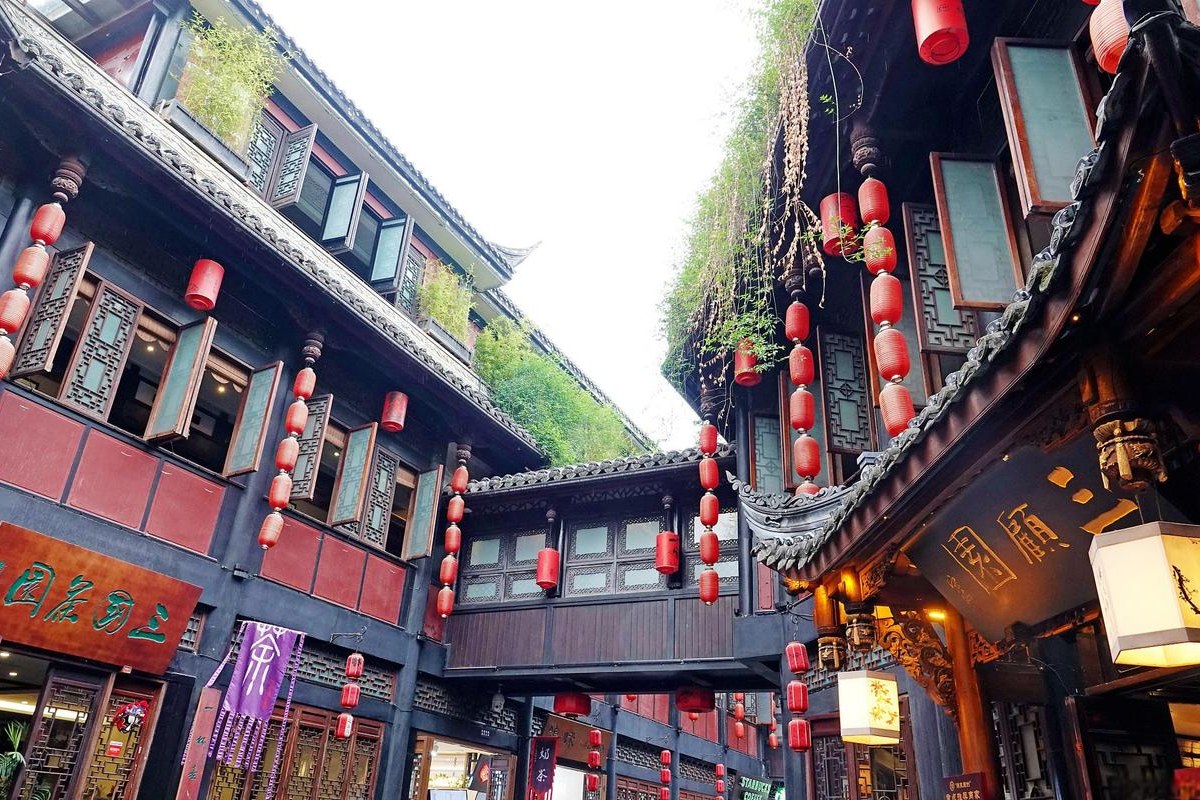Table of Contents
Toggle
What Is Face-Changing in Sichuan Opera?
Face-changing, or Bian Lian (变脸), is one of the most fascinating performance techniques in Sichuan Opera, a traditional Chinese theatrical art. This technique allows actors to switch between multiple masks within seconds, creating a breathtaking visual spectacle. More than just a performance trick, face-changing is a symbolic expression of shifting emotions and personality traits, making it a signature element of Sichuan’s vibrant cultural heritage.
The Origins and History of Face-Changing
The art of face-changing dates back to the Ming (1368–1644) and Qing (1644–1912) Dynasties, originating from folk performances and gradually evolving into a sophisticated theatrical skill. In its early forms, performers used powdered pigments to change their facial expressions before developing techniques that allowed for quicker transitions. Over time, it became an integral part of Sichuan Opera, a regional variation of Chinese opera known for its dynamic storytelling, elaborate costumes, and martial arts elements.
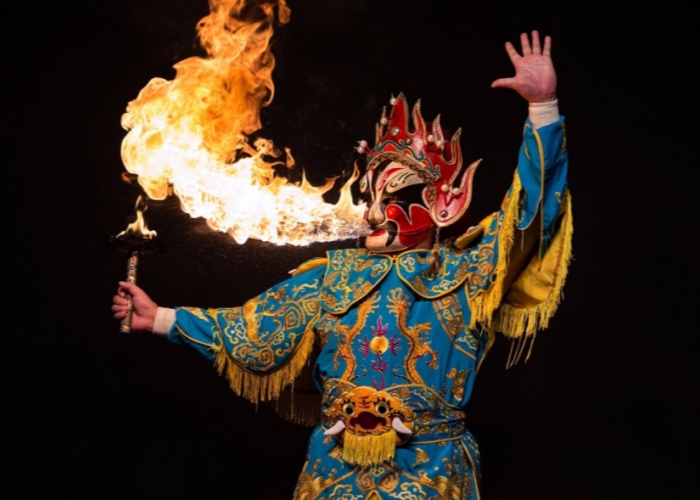
How Does Face-Changing Work?
- Face-changing is performed using various secret techniques that have been passed down through generations. While the exact methods remain closely guarded, some of the most well-known techniques include:
- Mask Layering: Actors wear multiple masks and quickly remove them using precise hand movements
- Blowing Masks: Lightweight masks are stored in the performer’s costume and blown onto the face with a swift breath.
- Face Painting: Some performers use water-soluble paint to change expressions mid-performance, though this is a less common method.
Symbolism and Meaning Behind Face-Changing
Face-changing is more than just an eye-catching stunt; it represents dramatic emotional shifts in the character’s journey. For instance, an angry red mask can suddenly be replaced by a sorrowful blue one, or a heroic golden mask might shift into a fearful black one. These quick transformations help the audience instantly grasp the emotions and motivations of the characters without verbal explanation.
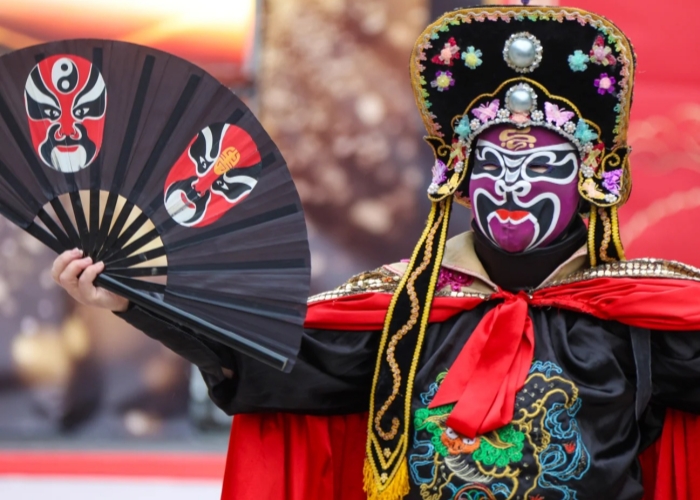
Where to Watch Face-Changing in Sichuan Opera
- Shufeng Yayun Teahouse – A traditional setting with tea and cultural performances.
- Jinjiang Theater – A historic venue offering authentic Sichuan Opera shows.
- Wuhou Temple Area – A cultural hub where you can enjoy face-changing performances alongside local street acts.
For visitors eager to witness this stunning art form, Chengdu, the capital of Sichuan Province, is the best place. Popular venues showcasing Sichuan Opera include:
Experience the Magic of Face-Changing in Chengdu
Sichuan Opera’s face-changing is a must-see attraction for travelers in Chengdu. Whether you are a fan of Chinese culture, theater, or unique visual performances, witnessing face-changing in person is an unforgettable experience that captures the mystique, artistry, and storytelling of this ancient tradition.

